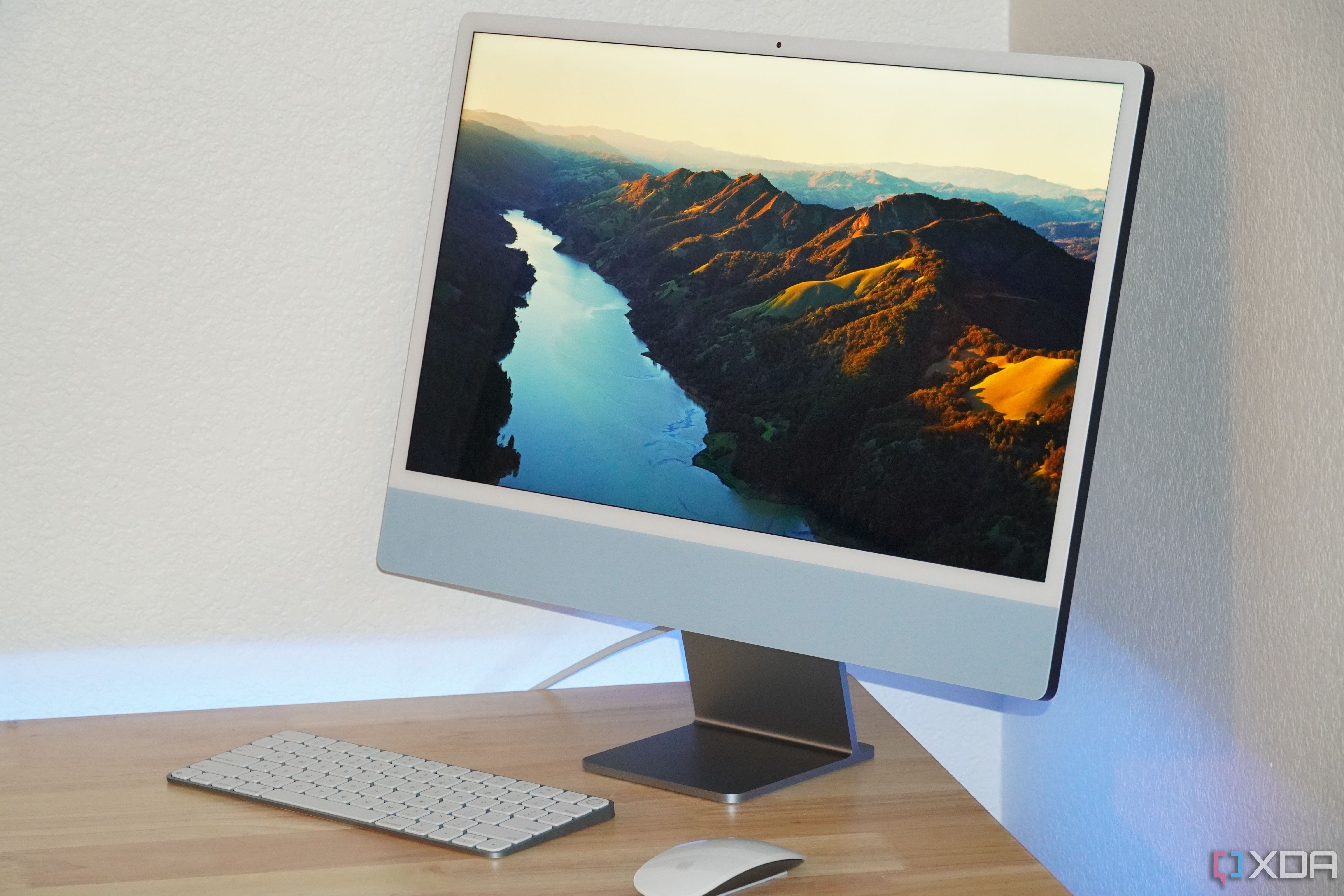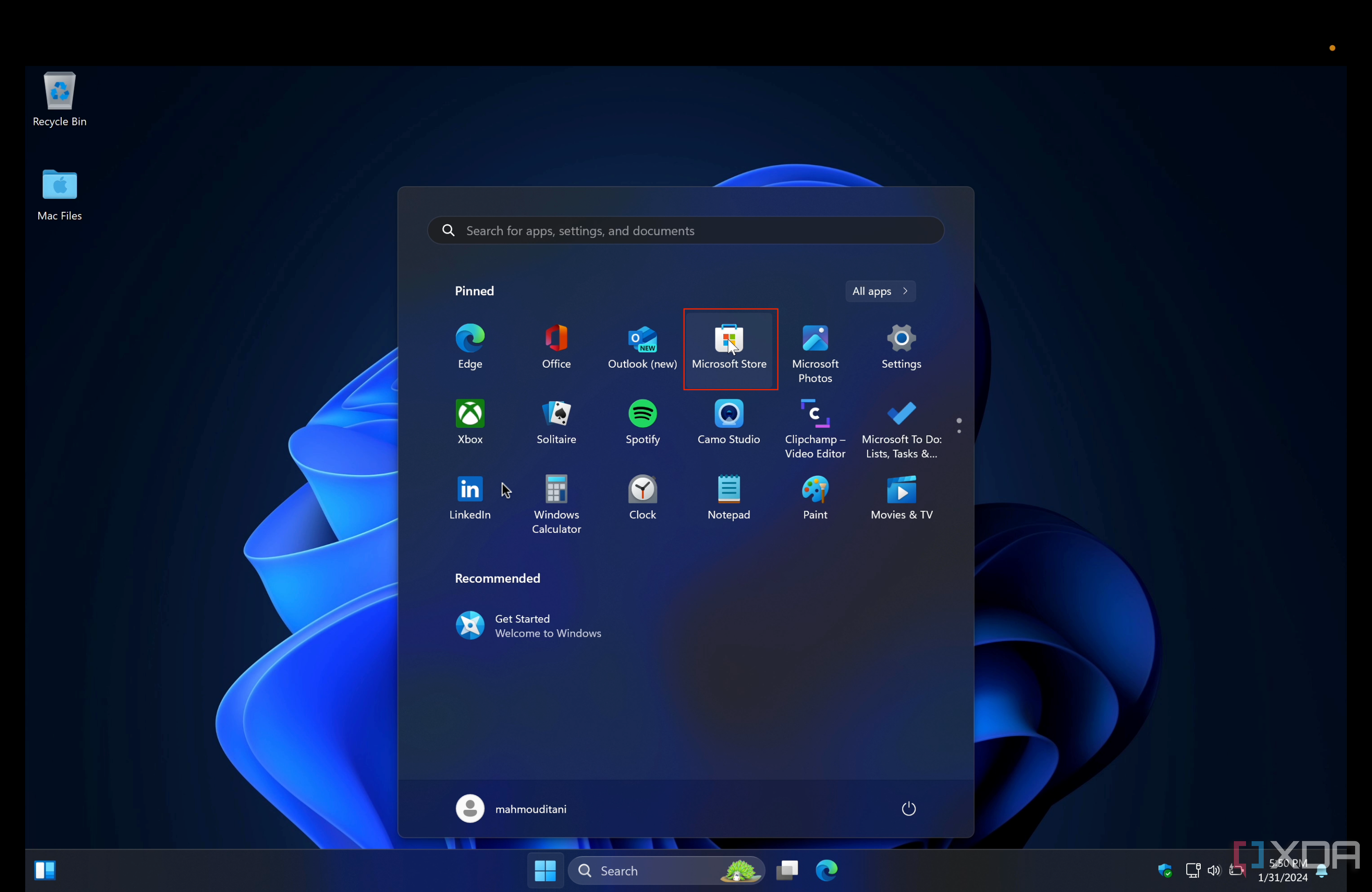Microsoft announced OneNote in 2003 and eventually included it in the Office suite (now known as Microsoft 365) in 2007. Although OneNote regularly receives updates and new features, the free note-taking app in its current avatar feels outdated, bloated, and cumbersome compared to several modern tools out there. If you have been on the fence about replacing OneNote on your laptop, check out the top alternatives from the list below.
We haven’t cherry-picked the usual note-taking apps in the list below. These apps go way beyond jotting down notes. You can access your calendar, manage tasks, track habits, and even collaborate with team members in real-time.
1 Craft
Craft is your one-stop solution for creating and managing your documents and notes. You can create folders and sub-folders and star important notes for easy access. Daily Note is another neat add-on with calendar integration for jotting down your thoughts.
Unlike OneNote, Craft uses the ‘/’ command to tweak text styles and access other editing options. The company has nailed the aesthetics with eye-catching page-style presets, cover images, and backgrounds. You can also explore AI Assistant to brainstorm ideas, summarize a document, generate keywords, and translate a page into your preferred language.
Craft offers a long list of templates from which to choose. You can create a subscription tracker and company wiki for a smooth onboarding process, track goals, and more. You can also share documents with others and co-edit them in real-time. Craft’s paid plans start at $8 per month.

5 essential apps every Mac user should be using
macOS is a great operating system, but it can be made even better with these must-have apps
2 Obsidian
Obsidian has a cult following among productivity nerds. If you are looking for a powerful OneNote alternative, you can’t go wrong with this one. You can create a new local folder, pick a location on your desktop, and add folders and notes.
The ability to link your relevant notes is the biggest USP of Obsidian. You can create connections between your notes and visualize the relationship through visually engaging and interactive graphs. It also supports daily notes, but unlike Craft, there is no calendar view to quickly jump to a specific day.
Canvas is another thoughtful add-on for researching, laying out, and brainstorming ideas in an infinite space. The default Obsidian features may feel basic to some. Here’s where plugins come into play. You can explore hundreds of core and community plugins and customize Obsidian to your preferences. Obsidian subscription plans start at $5 per month.
3 Notion
Speaking of the top OneNote alternatives, how can we leave Notion out of the list? It’s another popular app for power users. You can create a workspace, add pages, and decorate them with favicon and banners. Notion has nailed the integration with third-party services. You can add and view your Google Drive, Figma, Framer, and Sketch files, embed Google Maps, Tweet, and more on your page. Like Craft, it uses the ‘/’ command to review editing features.
Notion has hundreds of built-in and community templates to get started. Whether you want to create a Wiki, campaign brief, design portfolio, habit tracker, or people directory, a relevant template lets you complete a page in no time. Like OneNote, Notion also offers a web clipper from the Chrome Web Store. Notion AI comes in handy to improve writing, fix grammar, change tone, summarize a document, and in other scenarios. You can invite team members for real-time collaboration and even publish a static website of a page. Notion Plus plan is priced at $8 per month.
4 Roam Research
In many ways, Roam Research uses the same method as Obsidian to connect your notes (the company calls it bidirectional linking) and view them in interactive graphs. Roam Research does require a learning curve, though. But once you get past it, you won’t go back to standard note-taking tools like OneNote. Roam Research supports daily notes, and you can find your connected notes in the graph overview menu. It also supports Pomodoro timers, Kanban boards, different code blocks, tasks, and much more via the ‘/’ command.
Whether you are a writer, researcher, or student, you can use Roam Research for tasks, notes, project management, and even as a personal CRM. Roam Research Pro costs $15 per month. There is no free plan here. However, you get a one-month free trial to try out all features.

Best productivity apps for Windows
Boost your efficiency on Windows with these top productivity apps
5 Anytype
Anytype supports backlinks, a graph to check your connected notes, a block-based editor (with the ‘/’ command), templates, widgets, and more. If Notion is too complex for you, give Anytype a shot. It strikes the perfect balance between OneNote and Notion. It’s a local-first solution with all your notes stored on the computer. You can create a space and organize your notes, bookmarks, tasks, and all objects in a single place. Anytype calls it objects, which are specific units that carry information and are nodes in your graph. The company also offers a web clipper to bookmark your web pages.
Like other tools on this list, Anytype has a learning curve. There are several paid plans to choose from, and the pricing starts at $99 per year.
Move on from OneNote
Pick any OneNote alternative from the list above, and you won’t be disappointed. In addition to taking notes, you can manage small projects, create databases, connect notes, and do much more. You need to factor in your preferences, usage, cross-platform availability, and pricing to pin down the perfect app for your workflow. If you want to stick with traditional OneNote alternatives, there are plenty of great note-taking apps as well.
[ad_2]




